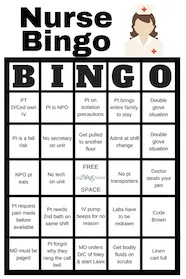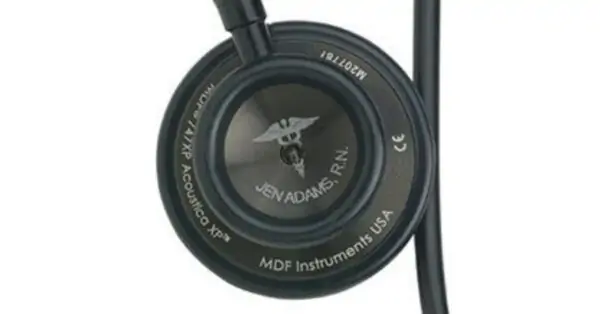IVs allow patients to get medications more quickly and efficiently than the oral route. They are a vital part of medical care, and many patients would suffer without access to the fast-acting medications delivered directly into their veins. In hospitals, IV poles are as common as patients, but, unfortunately, most of them are poorly designed and, in general, are a huge pain.
Reasons Why IV Poles are a Huge Pain for Nurses
I bet there are a ton of reasons IV poles are annoying. But let’s look at the biggest reasons of all.
1. IV Poles are Top Heavy and Difficult to Maneuver
Nearly every IV pole I’ve ever used has been a huge task to move around. One of the biggest reasons for this is because they are top-heavy regardless of where you place the IV pump. I’ve moved the pump up and down the pole and can never find a position that doesn’t make the pole feel like it’s constantly going to fall over.
2. They are Only for IVs
It might sound silly, but I’ve always been annoyed that IV poles are one-trick ponies. They carry the IV pump and the fluids, and that’s pretty much it. There are a few other items that you can attach to them, but unless something is designed to attach to a pole, IV poles can’t serve multiple purposes. This is particularly frustrating when you have a patient you want to ambulate and no good place to hang the Foley bag. You end up holding it, trying to rig the power cord to support it, and I’ve even seen some nurses attaching it to their scrub pocket – eww.
3. Tubes and Tangles Everywhere
A standard IV pole has 2 to 4 IV hooks at the top, a long pole, and a rolling base. Perched somewhere in the middle of the pole will be a pump. Dangling in multiple directions from the top of the pole to the pump, and ultimately to the patient, are a myriad of tubes. Depending on the department and the medications the patient is on, there could be between 1 and 10 lines coming to and from the patient. Not having a way to thread these lines on a standard IV pump is a tad bit frustrating. A simple bit of “wire management” (for us data nerds) could save much irritation in the long run.
4. They Seem 100 Years Old Even When Brand New
I have had the opportunity to use a brand new IV pole, and it was nearly as wobbly as the others I have used. The biggest benefit of the new one was that there wasn’t any tape residue or fingerprints and the wheels didn’t squeak when I rolled it down the hall. I still wasn’t convinced it wouldn’t fall over.
5. IV Pump Heights and Screens Angles are a Pain
One of my biggest frustrations with IV poles is that the pump is almost never in a convenient location. It’s easy enough to change it. However, it requires unscrewing it from the pole while you steady it with your other hand, move it up or down, and screw it back in. Unfortunately, I’ve seen IV pumps dropped while nurses have been moving them up or down the pole.
IV pumps are complicated pieces of technology that costs thousands of dollars. Because I didn’t want to deal with the risk of dropping one, I usually just left the thing where I found it. If you couple the height disparity with screens that are at an inconvenient angle, you could get a serious crick in your next and a sore back from bending over and lifting your head to view the screen correctly.
There Just Has to Be a Better Solution
I love innovations in healthcare and technology. However, it’s not often that you see technology be used to improve the life of both nurses and the patients they serve. Fortunately, Firefly Medical, who I have partnered with on this post, has created the IVEA.
What is the IVEA?
To be frank, the IVEA is an IV pole on steroids. However, it does way more than a traditional IV pole. Some of my favorite IVEA features include:
- Angled IV pump mounting for a better view
- Power strip clips for mounting a power strip
- Tubing management
- Oxygen tank storage
- Hooks and mounting locations for chest tubes and Foley bags
- Ambulation assistance for patients with handgrips
- Foot breaks
- Collapses and stores easily
This thing is the Cadillac of IV poles. It’s got the bells, whistles, and little extras that make life easier. Nurses are constantly running ragged, and any help is appreciated, especially in the fluid management department. The IVEA was designed with input from more than 150 clinicians. It holds equipment bedside and during ambulation to make life easier for you and your patients.
Find out more about IVEA by checking out their website or connecting with them on Facebook.
What are you biggest frustrations with traditional IV poles?
See also:
Download Nurse Bingo Today!

Liven up any shift with a fun game of bingo. See who can fill a row first!
Fill a whole card and lose grip with reality.
Your privacy is protected. We will never spam you.







Wow I never realized that IV’s were such a problem for many nurses.